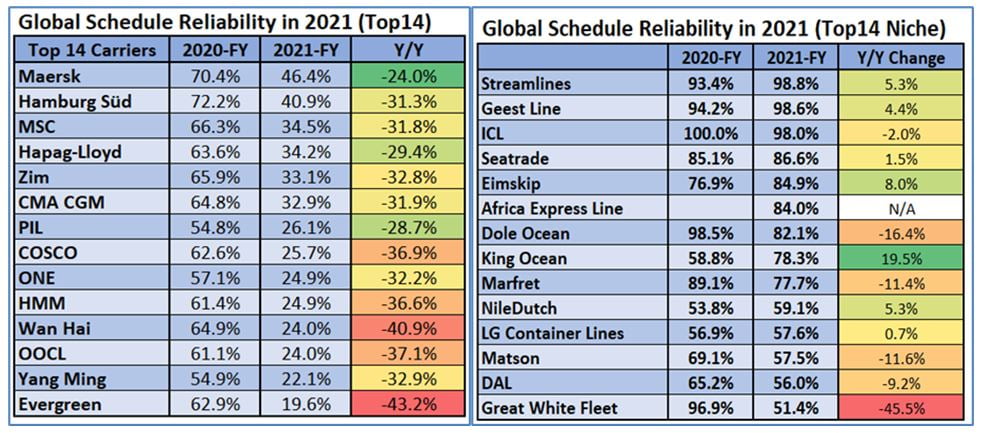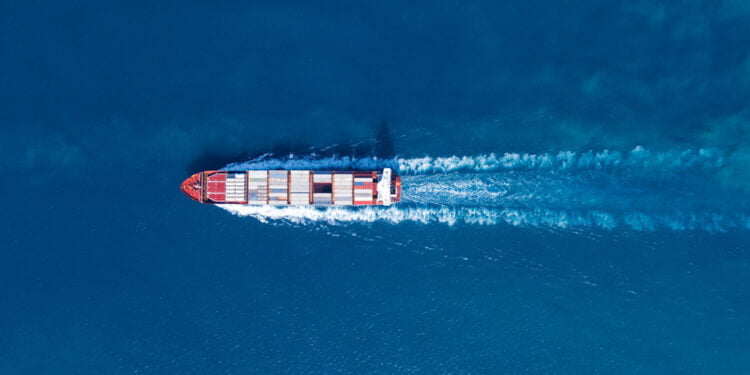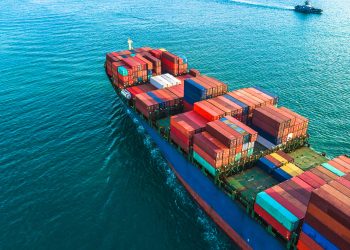Schedule reliability fell from 78.0% in 2019 to 63.9% in 2020, and then to 35.8% in 2021, which is the lowest recorded fiscal year schedule reliability, according to Sea Intelligence.
Namely, the average delay for late vessel arrivals nearly touched the 7‑day mark, reaching 6.86 days. The average delay for all vessel arrivals recorded a sharp increase in 2020, and an even sharper increase in 2021, with the 2021 figure crossing the 4‑day mark for the first time.
Maersk was the most reliable top‑14 carrier in 2021 with schedule reliability of 46.4%, followed by Hamburg Süd (40.9%).
Four carriers recorded schedule reliability of 30%‑40%, and seven carriers recorded schedule reliability of 20%‑30%. Only Evergreen recorded schedule reliability of under 20%. None of the top‑14 carriers recorded a Y/Y improvement in reliability.
Streamlines (98.8%), Geest Line (98.6%), and ICL (98.0%) were the most reliable niche carriers in 2021, while ARRC (9.9%) was the least reliable. Only 11 niche carriers recorded a year on year improvement in schedule reliability.
More specifically, 2M (33.6%) was the most reliable carrier alliance in 2021, followed by THE Alliance (15.5%), and Ocean Alliance (8.2%).
All three carrier alliances recorded substantial year on year declines in schedule reliability. Compared to the industry average, only 2M scored better than the industry, by 3.5%, whereas Ocean Alliance recorded a substantial drop of 15.3%. In 3 of the 4 quarters of 2021, 2M performed better than the industry.

All six major East/West trade lanes recorded double-digit declines in schedule reliability, with the Asia‑Europe and Asia-North America West Coast trade lanes recording declines of over 40%.
That said, apart from the Transatlantic Eastbound trade lane, none of the other trade lanes recorded a better reliability score in 2021 than the industry average, with both Transpacific trade lanes, and Asia-North Europe recording double-digit declines
said Sea Intelligence.
In terms of the delays, all six trade lanes follow the same general trend. In 2021, Asia-North America West Coast recorded the largest increase in the average delay for late vessels, crossing the 12-day mark, while Asia-North Europe was not far behind, having crossed the 8-day mark.




























































